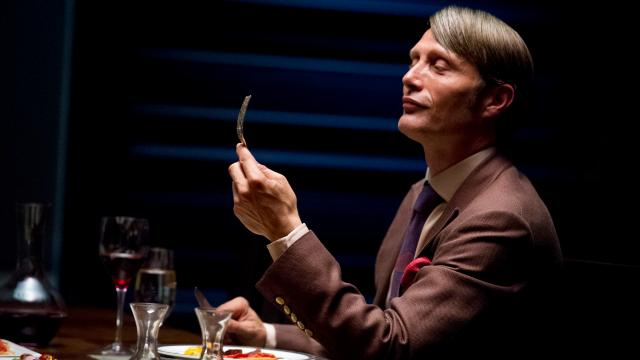Most people only resort to cannibalism in extreme situations — and we usually view them as victims of temporary insanity. Starvation, we say, has “stripped them of their humanity.” But a closer look at these stories shows that cannibalism follows behaviour patterns that are consistent with evolutionary theory.
“Cannibalism” is a controversial, loaded term. It’s a derivation of Caníbales, the Spanish name for a West Indies tribe, the Caribs — ruthless warriors who reportedly ate the flesh of their enemies. But, as historian Mark Nicholls points out, the word unequivocally took on its modern meaning in the mid-sixteenth century, when it was falsely and cynically used to dehumanize any indigenous peoples who resisted European expansionism:
Antagonism of this kind was naturally unwelcome to those Europeans, and it had to be dealt with, militarily but also in the mind. One way to denigrate the truculent was to focus on….the stigma attached on the eastern side of the Atlantic to the eating of human flesh…any suggestion that Native Americans devoured their fellow men, women, and children helped convey the notion that they were altogether less than human: fearsome enemies, expensive to defeat, but also fair game for bloody acts of reprisal.
The academic term for humans eating other humans is “anthropophagy.” But, whatever we call it, our revulsion toward the practice hasn’t diminished. Cannibalism is often used in contemporary pop culture to establish an antagonist who is set apart from humanity, whether it’s “Hannibal the Cannibal” (pictured above) or Joss Whedon’s “Reavers” in the Firefly universe. “Ain’t logical,” says the great sage Jayne Cobb in Serenity. “I’ll kill a man in a fair fight…. Eating people alive? Where does that get fun?”
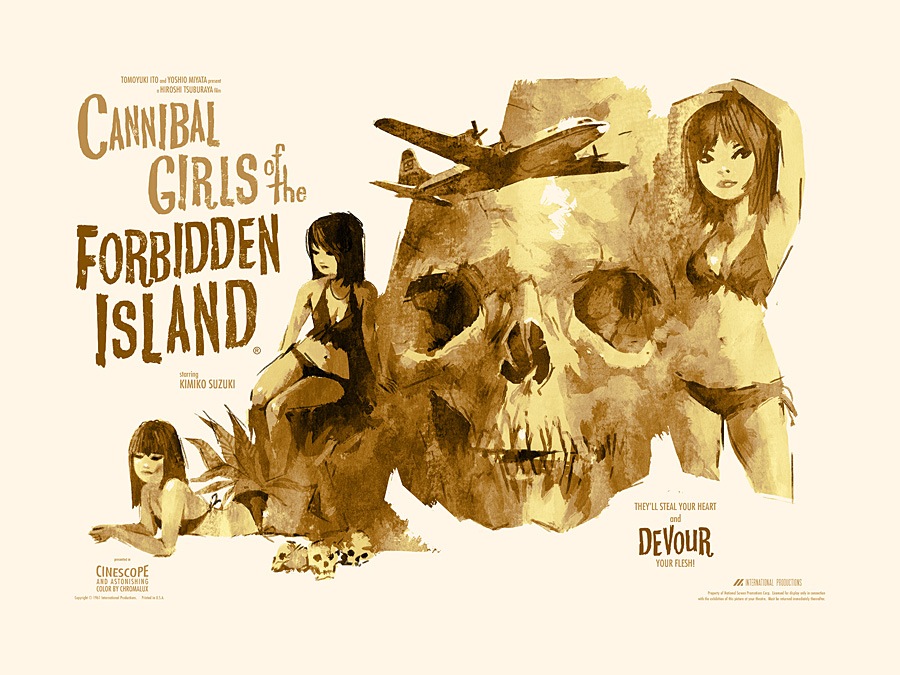
Stayin’ Alive
Given our revulsion toward eating other human beings, how do we react to stories about people who resorted to cannibalism in order to survive? (Other than with morbid fascination.) Throughout history, the tendency has been to forgive people who consumed human bodies under extreme circumstances. We understand the imperative to survive, and we recognise that even the most decent people are driven to commit unthinkable acts in unthinkable situations.
European history, for instance, is filled with instances of shipwrecked crews and passengers who resorted to cannibalism — even if it meant murdering someone. But, those who were rescued, including the ships’ officers, never had charges pressed against them, as long as they assured the courts that a lottery had been held to determine who would die for the sake of the larger group.
Of course, we have only the word of the survivors that a lottery actually occurred. And, even if this were true, the lotteries were typically fixed. Many of the stories reveal that, by “coincidence,” the first people “randomly” chosen to die were often deemed undesirables, such as members of a different race. But, as long as the authorities chose to believe that the shipwrecked crews behaved fairly, they were satisfied that no legal or moral lines had been crossed.
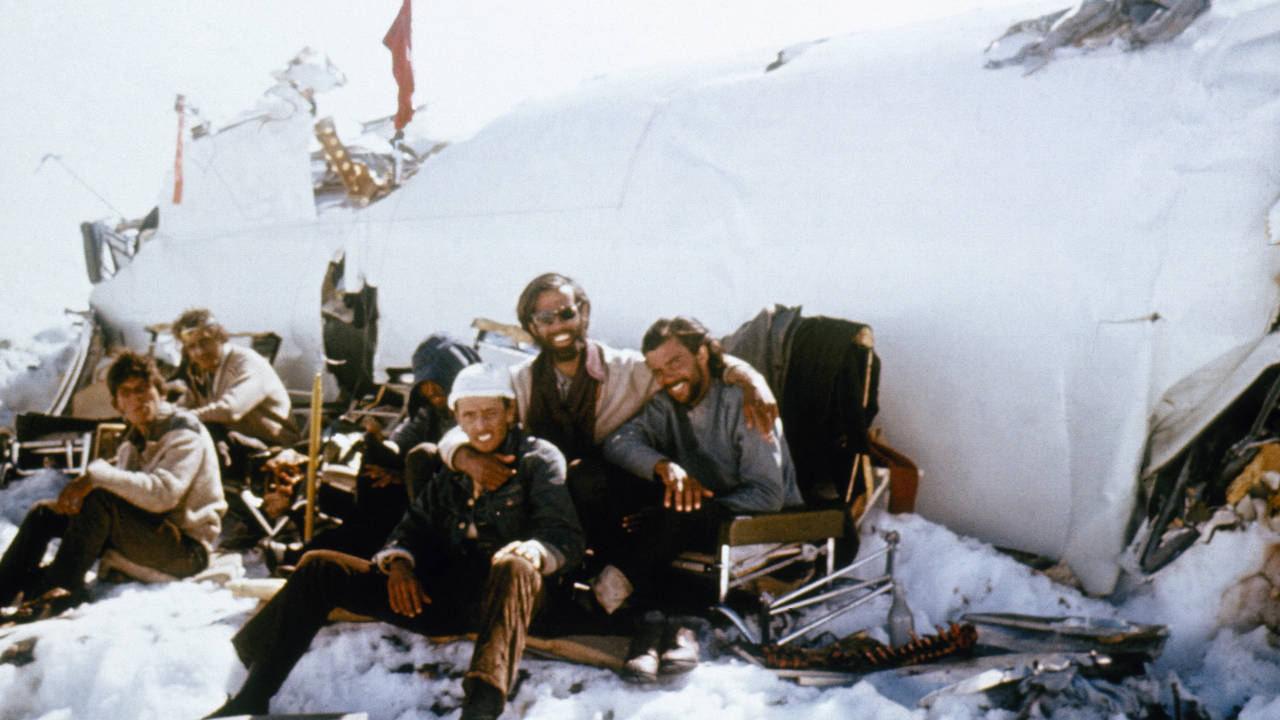
The Andes plane crash of 1972 also revealed people’s propensity to sympathize with individuals driven to cannibalism. The survivors — who had initially buried the corpses of those who had died in the crash — later began eating the bodies to stay alive.
When the remaining 16 people (out of a total of 45) were rescued, the families of those who’d been eaten learned what had happened. After their initial grief, shock and revulsion, the families came to terms with the fact that, had all 45 survived the crash, none of them would have likely made it home alive. One father even expressed relief that his son’s corpse had been granted a destiny other than simply decomposing: he compared the eating of his son’s flesh to a life-saving blood transfusion.
The survivors also received forgiveness from the Catholic Church, which said the act had been committed in extremis to sustain life. Members of the Church also commended the sober and religious spirit in which the survivors had arrived at their difficult decision.
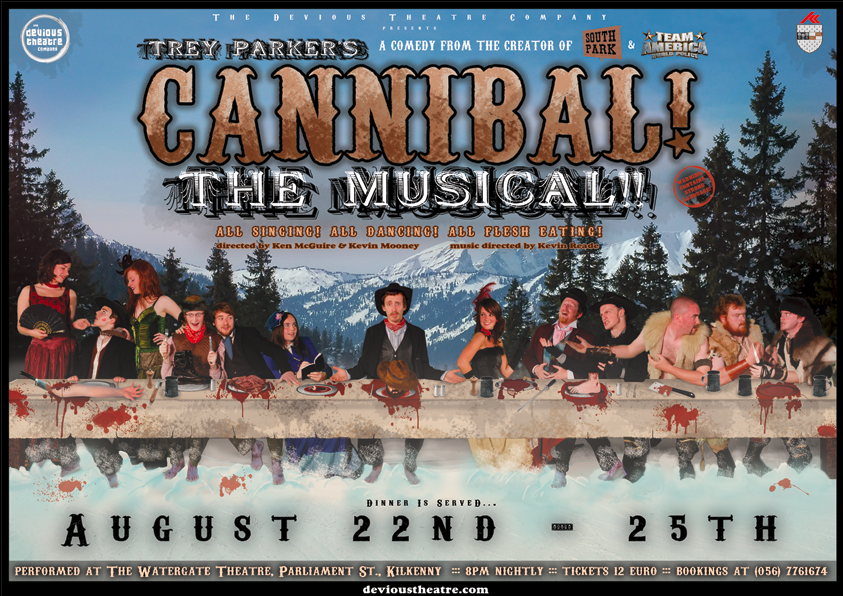
The Hard Way
In cases of survival cannibalism, our empathy is reserved for those who we believe had no other choice. We are less forgiving if we believe that there were other options that they could have pursued.
Again, we see this reflected in pop culture, such as the most recent season of The Walking Dead. Despite the desperation and suffering of Team Rick, they have never resorted to eating people. They have chosen the more difficult and nobler path: tilling the fields, hunting, and risking their lives on foraging missions. By contrast, Team Terminus, “the Termites,” have taken the easier path by surrendering their humanity and luring people to their settlement, where they are apparently slaughtered and eaten.
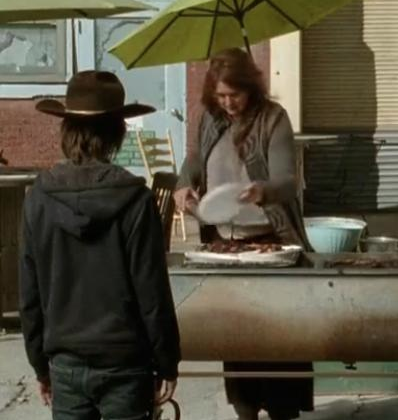
Part of what makes the Termites so creepy is the practiced ease with which they commit their acts of cannibalism — including the tailgate party atmosphere of their outdoor grill. But, in truth, there are similarities between the Termites’ behaviour and those who resort to survival cannibalism. When a group of people finally makes the fateful decision to violate the taboo of eating human bodies, they quickly grow accustomed to it. What had been considered a “person” just a short time earlier quickly becomes “food.”
Again, the Andean plane crash offers an example. Initially, after tremendous soul-searching and with great reluctance, the survivors began eating the flesh of corpses. For most of them, those feelings of reluctance and shame quickly dissipated. A medical student among the group informed the others that they should begin eating the livers, as a source of vitamins. From there, the “menu” quickly expanded to include other internal organs — and not just as a source of nutrition. After ten weeks, they began eating the lungs and intestines, craving the taste of food that had a stronger flavour.
Pecking Order
The tendency to quickly overcome feelings of shame is not the only behaviour that is common among cases of survival cannibalism. The decisions made by the survivors concerning who should be eaten — and in which specific order — follow a curiously similar pattern. There’s a type of hierarchy that’s been compared to triage. For instance, people on the verge of starvation will go to great lengths to avoid eating pets. Moreover, people will eat individuals who are foreign or members of a different race before they consume anyone else — even if another individual would provide more nutrition by virtue of their size. And, while people often encourage family members to eat their corpses if they should die, there are no known cases of people committing suicide to feed their families.
These commonalities came to the attention of Lewis Petrinovich, a professor of psychology who studies the roles of emotion, reason and biology in making ethical decisions. “To a Darwinist,” he says, “the suggestion that behaviour is universal sparks interest because it might signal unexplored aspects of an evolved human nature.” Petrinovich published the findings of his research in a book, The Cannibal Within. His key conclusion: The patterns of decision-making in cases of survival cannibalism reflect behavioural tendencies that have evolved to perpetuate one’s genes into future generations.
This is also known as “reproductive success.” Petrinovich explains how this biological imperative influences behaviour:
Because an individual is the bearer of genes, it is important to think of genetic lineages — both in terms of components making up an individual (such as cells) and as communities of individuals (such as families). We can speak of the direct fitness of an individual, which is the direct physical transmission of genes through the individual’s sex cells.
This direct component has an important indirect component added to it — reproduction achieved by kin. The reproductive line can proceed efficiently if an individual assists descended kin, and if those kin also assist that individual. I can transmit my genes into succeeding generations by creating offspring who contain some of my genetic component….and also by helping genetically similar individuals create their own offspring.
It is more difficult to understand how altruism develops among nonrelated individuals. If the evolutionary game is replication of one’s genetic lineage, wouldn’t the best bet be to compete with everyone to their disadvantage? [But] if one helps unrelated members of the community, then the helper could profit, providing the help is reciprocated at another time.
This concept of reciprocal altruism is important, because it supplies an evolutionarily based social glue that solidifies cooperative tendencies between those within the community, even though they are not kin…the downside of this community cohesion is a fear and distrust of outsiders.
Another factor is an evolved tendency to favour members of our own species over those of others, [although] wanton cruelty is not permissible whenever we have shouldered the responsibility of assuring the welfare of animals as pets, companions, or partners in the struggle for day-to-day existence.
These biological imperatives, Petrinovich argues, help explain the sequence of events — the new rules of hierarchy — that emerge when groups of people are starving to death.
As expected, other species are highest on the menu list — although even they are consumed in a specific order. First to go are the food animals, which were brought along to provide beef, milk or eggs. Next are work animals (mules, horses). At that point, the group goes to great lengths to eat every conceivable part of the animal, even boiling their hides as a source of protein. Pets are the last animals to be consumed, due to their “social compact” with their human owners.
After all other species are depleted, the group moves on to humans. And here’s where xenophobia comes into play. Members of different races, foreigners — anyone who is deemed an “outsider” by the community — are consumed first. Consider the Donner Party that was stranded while travelling West in 1846-47. The only individuals who were killed for food were two Native American guides — despite the fact that they had contributed a great deal to keep the group alive. At one point, the guides had even obtained mules and some emergency supplies.
Also, the survivors of the Andes plane crash ate the corpses of the pilot and crew before consuming friends and family. This was because the pilot and crew were “outsiders” who hadn’t belonged to the community — a feeling that was made even stronger by virtue of the fact that the survivors blamed them for the plane crash. They had, in a sense, ostracized themselves by violating their social compact with the group.
Evolutionary behaviour explains why feelings of kinship make eating family members the most difficult. It also reveals why suicide doesn’t occur. While it might make genetic sense to kill oneself to provide nutrition for relatives, we also have a built-in reluctance to deny ourselves the opportunity to reproduce if there is a chance for survival.
